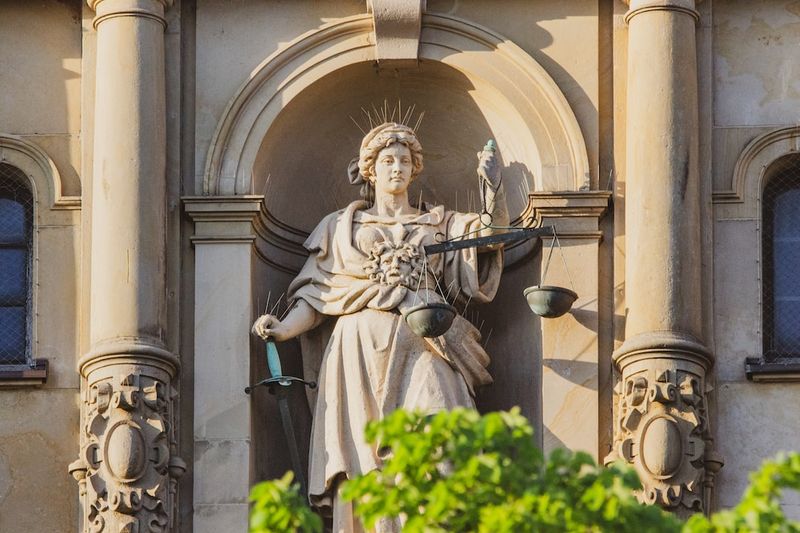Chicago Weather: Summer Solstice 2023
Introduction
As summer approaches, Chicagoans are gearing up to celebrate the June summer solstice, which not only marks the official start of the season but also brings us the longest day of the year. On Wednesday, June 21, 2023, the city of Chicago will experience the summer solstice at 9:58 a.m. CT. This occasion grants us 15 hours, 13 minutes, and 41 seconds of daylight, with the sunset expected to occur just before 8:30 p.m. Let’s delve deeper into the significance of the summer solstice and explore what this astronomical event means for Chicago and its residents.
Understanding the Summer Solstice
The summer solstice is the point in time when the sun reaches its highest and northernmost points in the sky. According to the Farmer’s Almanac, it also marks the day with the longest period of sunlight, making it the longest day of the year for those in the Northern Hemisphere. Although the exact date of the solstice varies each year, it typically falls between June 20-22. Astronomically, it is considered the first day of summer, while meteorological summer technically started at the beginning of the month.
Chicago’s Adler Planetarium explains that the arc of the sun has been steadily rising higher in the sky since the winter solstice on December 21, 2022. This upward trajectory has resulted in longer daylight hours. However, on the summer solstice, the sun’s arc reaches its peak, and from that point onward, it will appear lower each day. Consequently, daylight hours will gradually shorten until December 21, 2023, the winter solstice in the northern hemisphere.
Meaning Behind the Name
The term “solstice” originates from the Latin word “solstitium,” which combines “sol” (meaning sun) and “stitium” (meaning “still or stopped”). Adler Planetarium explains that the word solstice denotes the sun’s arc coming to a halt in the sky, signifying a turning point in its trajectory.
Sunrise and Sunsets
While the summer solstice guarantees the most daylight, it does not coincide with the earliest sunrise or latest sunset dates. In Chicago, the earliest sunrise typically occurs before the solstice, whereas the latest sunset is yet to come. Nevertheless, during the solstice period, the sun sets more slowly, meaning it takes longer to dip below the horizon.
Upcoming Solar Events and Impacts
As the summer solstice approaches, NASA scientists predict a flurry of solar events coming our way. Over the next 12 months, two solar eclipses are scheduled, with both partially visible from the Midwest. The first eclipse will occur on October 14, 2023, encompassing parts of the southwestern United States. While Chicago won’t experience a total eclipse, western Illinois and parts of the Chicago area can expect around 50% and slightly fewer coverage, respectively. The main event, however, will take place on April 8 of the following year when a total solar eclipse will be visible across a wide stretch of the Midwest, excluding Chicago. Indiana, including Indianapolis, will bask in the glory of a total eclipse lasting several minutes during the afternoon hours.
Furthermore, NASA informs us that the sun is currently reaching the peak of its 11-year solar cycle. During this cycle, the sun’s magnetic field flips, resulting in significant changes in solar activity. Solar flares and coronal mass ejections caused by these flips can potentially impact Earth in various ways. For instance, the mesmerizing Northern Lights may become more pronounced and visible in new locations. Additionally, radio communications and electricity grids can experience disruptions.
Conclusion and Recommendations
As Chicagoans await the summer solstice, embracing the abundance of daylight and the official arrival of summer, it’s essential to acknowledge the wonders of the astronomical events unfolding above us. The solstice reminds us of the beauty and intricacies of our universe and highlights the cyclical nature of the seasons. It offers an opportunity for philosophical contemplation, encouraging us to reflect on our connection to nature and the celestial bodies that govern our planet.
To make the most of the summer solstice and upcoming solar events, consider taking part in community gatherings, organized stargazing events, or even venturing out of the city to witness the stunning spectacle of a total solar eclipse. Keep an eye on NASA’s announcements and local astronomy clubs for opportunities to learn and engage with these wonders of the cosmos.
Ultimately, let the summer solstice be a reminder to cherish the long days, spend time outdoors, and appreciate the beauty of nature during this season of warmth and abundance. Stay safe and enjoy the wonders that the solstice and the subsequent months have in store for Chicagoans.

<< photo by MD Saharear Shuvo >>
The image is for illustrative purposes only and does not depict the actual situation.
You might want to read !
- Unraveling the Mystery of the Summer Solstice: Exploring the Science Behind the Year’s Longest Day
- The Science Unveiled: Exploring the Wonders of the Summer Solstice
- 5 Months On: Julian Sands Remains Missing, Search Efforts Stalled
- Julian Sands: Five-Month Search for Missing Actor Resumes
- Suspect Arrested for Assaulting Bebe Rexha; Claims Misunderstanding: A Canadian English Title
- Romanian Authorities Seek Justice for Alleged Crimes Against Andrew …
- Rallying the Efforts: The Search for the Missing Submarine Intensifies
- Byelection Results Recap: Winners Declared in Four Federal Races




